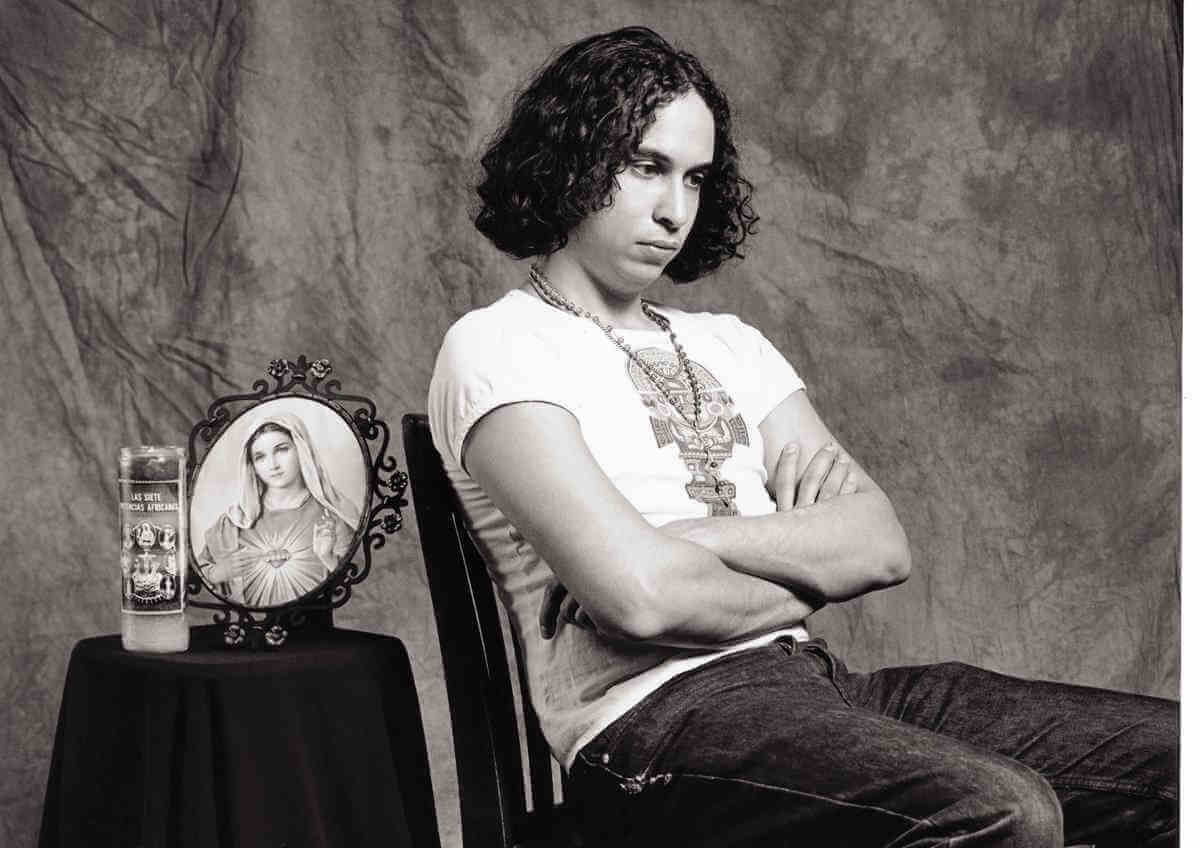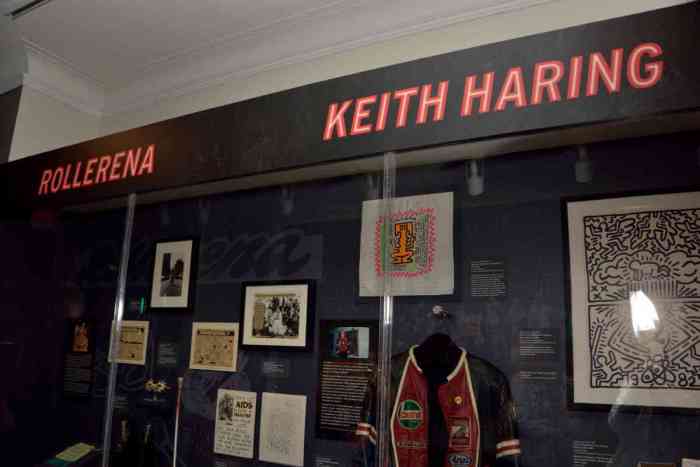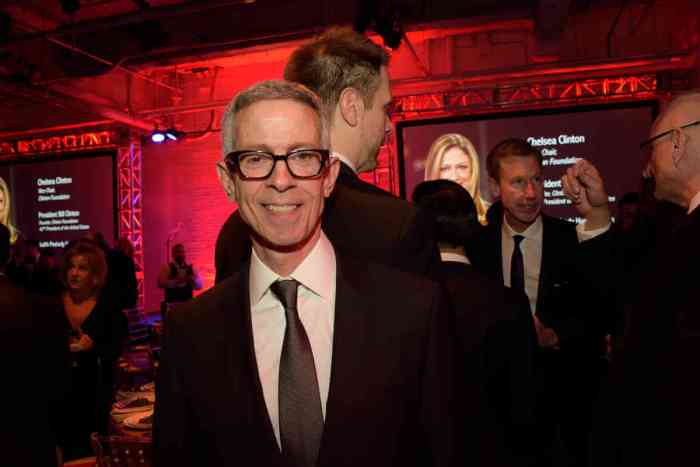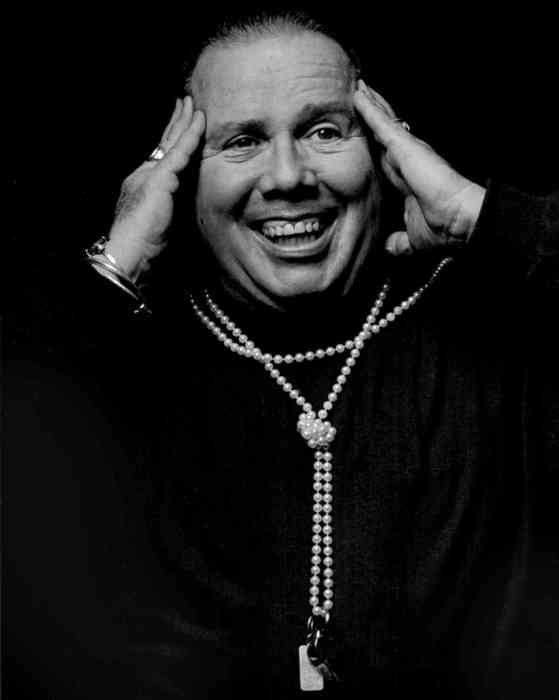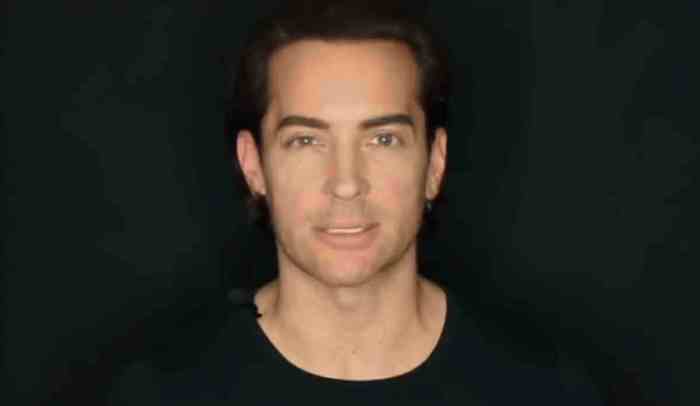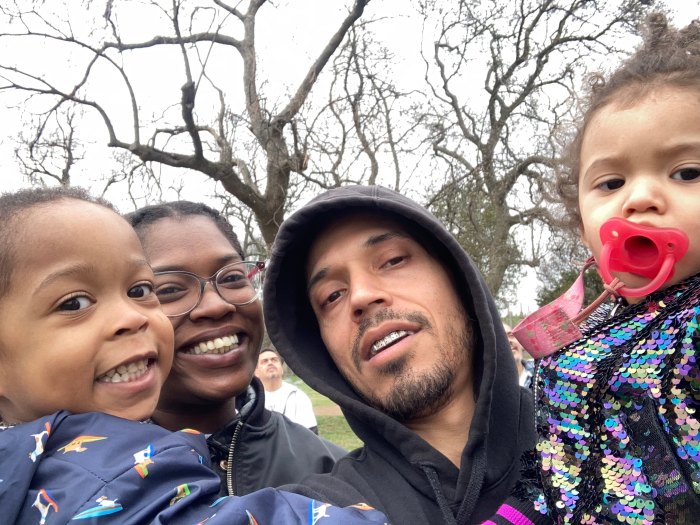“Do you know who these people are? If not for them, you wouldn’t be getting married. You wouldn’t be suing about a wedding cake.”
These are the words of photographer Bill Bytsura expressing what he clearly believes is the urgent need for the LGBTQ community to learn and remember the work, dedication, and lessons of more than 60 AIDS activists whose black-and-white portraits from the 1990s he presents in his starkly beautiful new book, “the AIDS activist project.”

Bytsura’s volume is culled from photographs he took of 225 activists — first among ACT UP New York members, and then from other chapters nationwide and in Paris and at International AIDS Conferences in Amsterdam and Berlin. The project was fueled by passion — that often involved Bytsura schlepping huge photo cases around international airports all on his own — and generally on his own dime.
Bytsura didn’t come by his passion easily. During the 1980s, he and his partner of seven years, Randy Wayne Northrup, lived a relatively quiet domestic life outside the brewing activist energy emerging in response to AIDS. They were out — Northrup working for a time at the famous Columbus Avenue nightspot The Works — but, in Bytsura’s telling, not deeply engaged with the wider community.

Then, in 1988, within weeks of learning his HIV status, Northrup, 38, died from complications of AIDS. A friend suggested that ACT UP might be a way for Bytsura to cope with his grief. His first visit to the weekly Monday evening meeting at the LGBT Community Center came shortly after the group’s second Wall Street action, and amidst the boisterous crowd, what Bytsura heard was a lot of yelling.
“Ugh… this isn’t for me,” he recalls thinking.

But he returned, and in time became engaged in the Media Committee. That work, in time, gave birth to the portrait project.
To turn the pages of Bytsura’s book is to invite lingering reverie about what was on the minds and in the hearts of those captured in his deeply penetrating gaze. A good number of the images are accompanied by personal statements the subjects forwarded with their photo releases.

The words alongside the portrait of a very longhaired Charles King predict the activist future he would build at Housing Works. The late journalist Juan Mendez, peering down solemnly as though lost in thought, appropriately writes about the need to “maintain the urgency” of AIDS activism. Maxine Wolfe explains that like their “gay brothers,” lesbians have “put our bodies on the line” to fight the epidemic. And next to Mike Signorile, who looks improbably much the same as he does 26 years later, we read that “the only way to get the truth out was to fight fire with fire; to take the media by balls, give them a show and use their slick, cunning device back on them.”
Ann Northrop, also remarkably unchanged with the passage of years, displays her unerring ethical clarity, writing, “The best people I know are AIDS activists. They’re the ones with morals. They’re the ones who insist on the sanctity of human life. They’re the ones who realize we all have to care about each other or we’re all dead.”

Months before his 1993 death, Tim Bailey is more combative: “I want my political funeral to be fierce, defiant, and aesthetic. It’s for you — I won’t be there.” His friends were there — in an historic confrontation with Washington police.
In some instances, the poignant convergence between image and words is nearly overwhelming. An innocently youthful-looking Michael Wiggins, shirtless, writes, “I have no moral convictions beyond the few that convince me that I and people like me have a right to live.” The late Robert Garcia, also shirtless, eyes and torso pointing toward the angels, writes of his marching in protest, “Robert every step is a tear you don’t want to cry, every arrest is an act of hope.” A gorgeous nude portrait of Larry Ewing makes the point, “R bodies R political.” Eyes closed and head turned to the side, Cleews Vellay, the late president of ACT UP Paris, writes, “Ma colere est inversement proportionnelle á mon taux de T.4”… “My anger is inversely proportional to my T4 cell count.”

Bytsura expressed particular pride in having captured the “kickass” strength of Saundra Johnson, who is looking down, eyes closed, one hand raised behind her neck, seemingly exasperated, perhaps at someone missing her point. She quotes Malcolm X saying, “Usually when people are sad, they don’t do anything… But when they get angry, they bring about change.”
Wisely, Bytsura lets some of his pictures speak completely for themselves. Alan Contini is seemingly comforted by a dog, Phaedra, just months before his death. Eric Sawyer and the late Luis López-Detrés share a tender moment of solace. Garance Frank-Ruta is the very picture of calm, confident determination. Larry Kramer, also with a dog alongside, sitting cross-legged on the floor, enjoys a welcome moment of respite.

Capturing such singular moments was a driver of Bytsura’s mission.
“The photos were a time-out in the middle of the fight,” is how he described them in an interview this month.
The larger collection of images this book’s selection was drawn from have been exhibited before — from Middle Collegiate Church in the East Village and the LGBT Community Center to the National Gallery of Australia. The entire body of work is now housed in the Downtown Collection at the Fales Library at NYU.
David France, notable for documenting the history of ACT UP and related activist efforts in his book and film “How to Survive a Plague,” drew on the Bytsura collection in his New York magazine essays that celebrated the group’s 25th anniversary in 2012. France, in a strikingly personal foreword to this book, writes, “These photos betray a deeper insight… These beautiful photographs… bring us as close as we may ever get to knowing what the plague years wrought. Just look into the eyes of the frontline warriors. Those eyes had seen enough.”
Of his journey to this project, Bytsura himself writes, “The only thing that makes any sense to me is that Randy’s death opened my eyes to a terrible disease, to the millions of people around the world that were affected by it, to the possibility of raising my voice to fight alongside the heroes in this book to fight AIDS.”
THE AIDS ACTIVIST PROJECT | By Bill Bytsura | theaidsactivistproject.org | $49.95 | 120 pages

